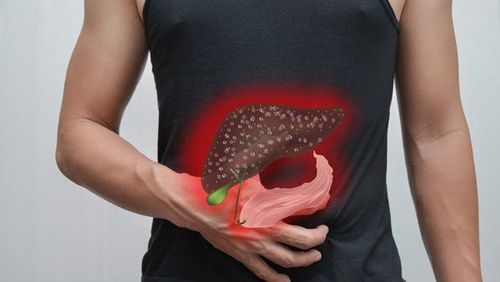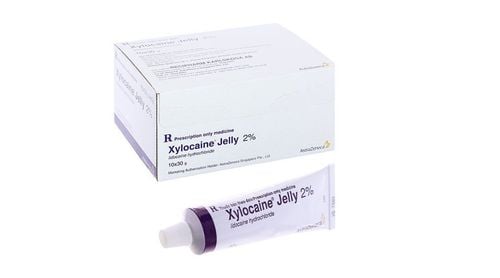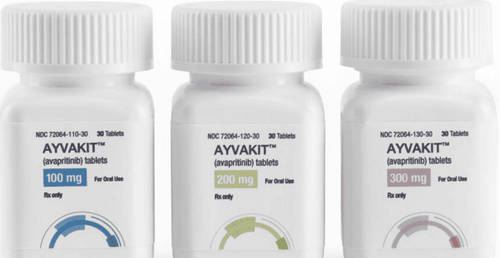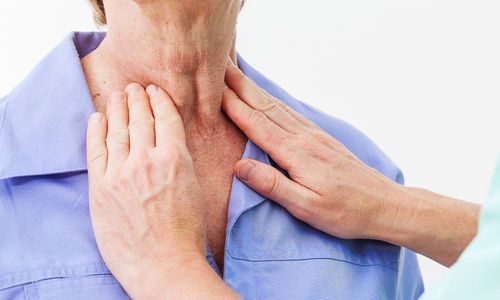This is an automatically translated article.
The article is professionally consulted by resident Doctor Le Thanh Tuan - Department of General Surgery - Vinmec Nha Trang International General Hospital.
Barrett's esophagus is a gastrointestinal disease, common in people with long-term gastroesophageal reflux disease. Chronic reflux of acid from the stomach into the lower esophagus. Barrett's esophagus can lead to esophageal cancer.
1. Learn about Barrett's esophagus
Barrett's esophagus is a condition that changes the color and composition of the cells lining the esophagus mainly due to repeated exposure to stomach acid. These cells, called squamous cells, normally line the esophagus. In Barrett's esophagus, these cells turn into columnar cells.
Barrett's esophagus may increase the risk of stomach cancer. Approximately 5% to 10% of people with this disorder often develop esophageal cancer. Therefore, it is important for patients to have regular check-ups for precancerous cells (dysplasia). If precancerous cells are detected, early treatment can prevent esophageal cancer from getting worse.
Barrett's esophagus is a rare disease among gastrointestinal diseases. The cause of the disease has not yet been found. The disease mainly occurs in people who often have untreated gastroesophageal reflux disease, so that the disease lasts continuously.
2. Common symptoms of Barrett's esophagus
Signs and symptoms are often associated with GERD. Patients usually present in the morning and evening characterized by the characteristic heartburn symptoms of the disease. Some other manifestations such as difficulty swallowing food, chest pain, vomiting blood, shortness of breath, wheezing, dry cough, hoarseness, recurrent laryngitis, black stools, broken stools .
However, in a small number of people, when experiencing this disease, there are no previous symptoms.
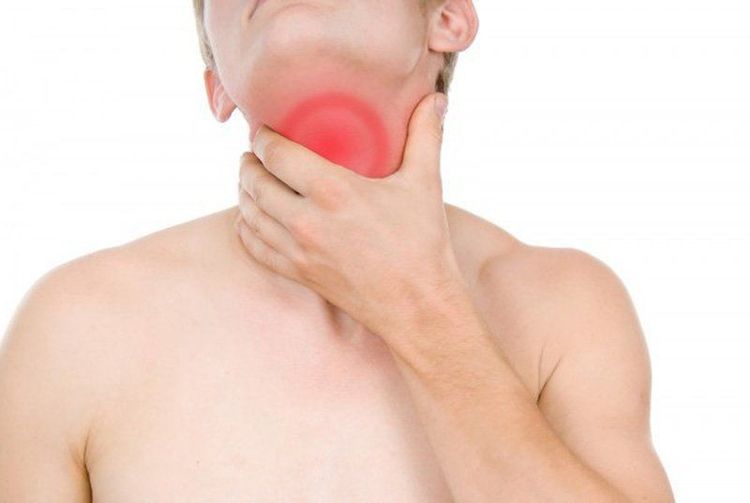
3. Risk of getting Barrett's esophagus
The most important risk factor is people with gastroesophageal reflux disease (GERD) - chronic symptoms where acid backs up from the stomach to the end of the esophagus for a long time leading to true Barrett's disease. manage.
Age: Older adults have a higher risk of developing Barrett's esophagus Gender: Men are more likely to have the disease than women Caucasians: Barrett's esophagus is more common in whites than people of all races Other Obesity: Most people with abdominal obesity have a higher risk of developing the disease Smoking: Smoking not only damages the lungs and respiratory system, but also affects the esophagus and digestive system. body.
4. Treatment of Barrett's Esophagus
Your doctor may recommend endoscopic barrett's esophagectomy or acoustic ablation. Other options for treating Barrett's esophagus include:
Cryotherapy: Using an endoscope to apply cold liquid or gas to abnormal cells in the esophagus. The cells were allowed to warm up and then frozen again. The purpose of this method is to destroy the abnormal cells. Photodynamic therapy: Destroys abnormal cells by taking advantage of their sensitivity to light. Surgery: In which the damaged part of the esophagus is removed, and the rest is attached to the stomach. To get the best results, patients need to prevent acid reflux. This is to protect the cells lining the esophagus and possibly prevent the development of disease.
In addition, Barrett's esophagus is a disease that is easy to recur, so patients need to:
Follow up with scheduled appointments to monitor the progress of symptoms as well as health status. Follow the doctor's instructions, do not arbitrarily take drugs not prescribed or arbitrarily quit prescribed drugs. The only way to diagnose the disease is through an esophagoscopy followed by tissue biopsy. This will be done by a gastroenterologist.

5. Prevention of Barrett's esophagus
Lifestyle changes can reduce symptoms of GERD, which can be a cause of Barrett's esophagus. The following measures can prevent Barrett's esophagus:
Maintain a healthy weight. It is necessary to control weight, because weight is one of the factors causing Barrett's esophagus; Stop smoking. It is necessary to divide daily meals into several meals to limit heartburn and belching. Limit eating greasy foods, fried foods, coffee, tobacco, alcohol. After eating should not lie down immediately, at least 3 hours later to sleep, sleeping with a pillow is also a way to limit acid reflux. Daily exercise. Add enough nutrients to improve the body's resistance. Dr. Le Thanh Tuan has experience in examination, treatment and surgery of abdominal pathologies (both open surgery and laparoscopic surgery). In particular, the doctor has strengths in pediatric surgery to treat diseases such as: intussusception, appendicitis, inguinal hernia, postpartum malformations (fetal peritonitis, megacolon, no anus).
Please dial HOTLINE for more information or register for an appointment HERE. Download MyVinmec app to make appointments faster and to manage your bookings easily.





